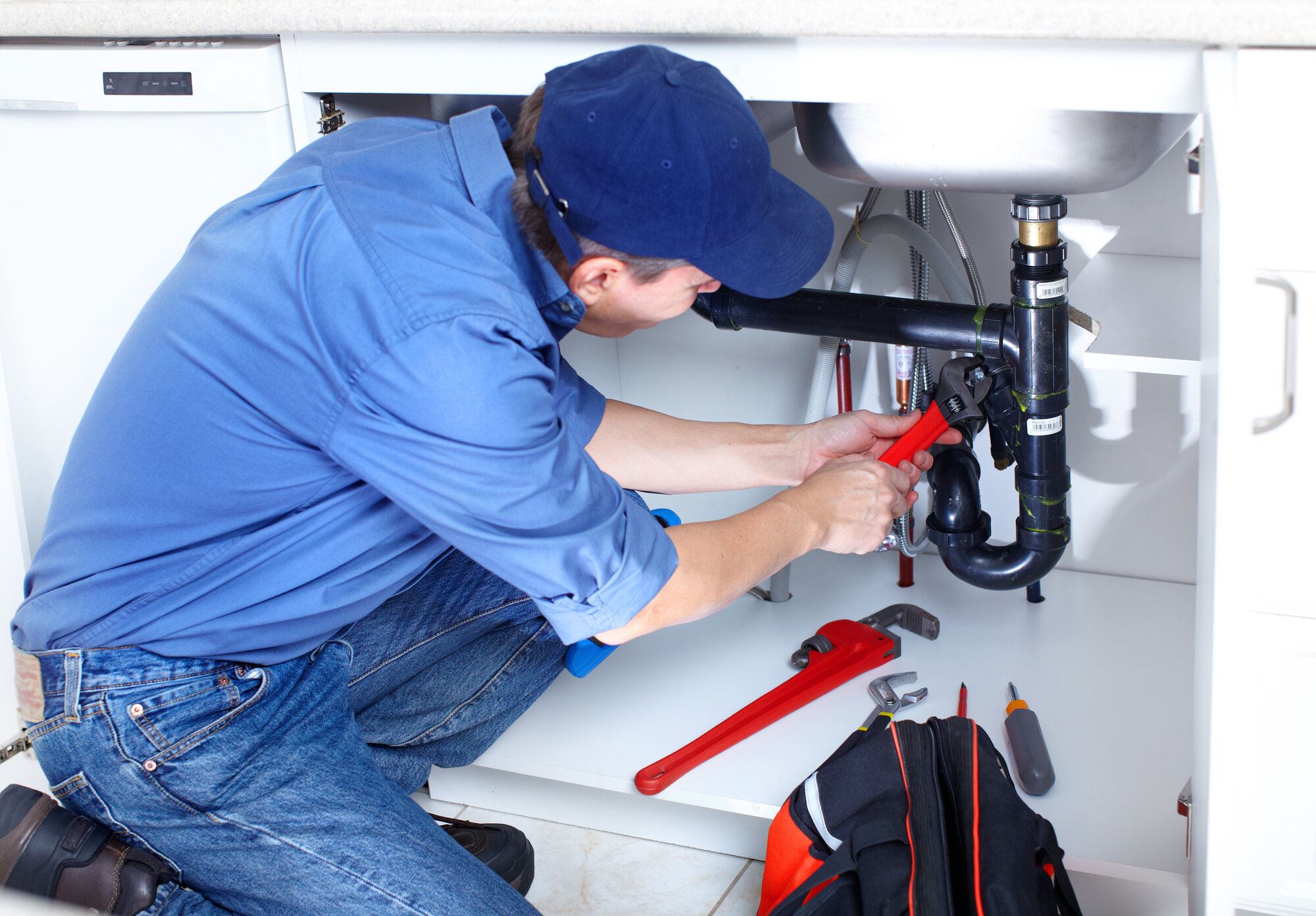Premier Plumber Alabaster AL Ready to Offer You Anytime
Wiki Article
A Detailed Overview to Efficient Water Heating Unit Installment for Optimal Performance
Getting started on the task of setting up a water heating system is an endeavor that demands precision and an organized method for accomplishing ideal performance. As you continue, the ins and outs of connecting water supply lines and establishing up reliable electric or gas links wait for, promising insights right into guaranteeing performance and reliability.Selecting the Right Hot Water Heater

Following, take into consideration the dimension and capability of the hot water heater. It's crucial to analyze your household's hot water requirements, which can vary based upon the variety of occupants and their use patterns. An unit that's as well little might bring about not enough warm water, while an extra-large design might lead to unnecessary energy usage.
Effectiveness scores also play a crucial duty in choice. Seek hot water heater with high Power Variable (EF) scores, suggesting remarkable efficiency and decreased energy use. Tankless models, though typically much more costly in advance, deal substantial energy cost savings gradually due to their on-demand heating capabilities.
Preparing the Setup Location
Before installing a new water heater, precise preparation of the installment location is essential. It's vital to determine the space carefully to fit the water heating unit's dimensions, guaranteeing appropriate clearance around the system for efficient procedure and maintenance.Examine the flooring for security, as the water heating system will certainly require a strong, degree surface area to run successfully. If needed, mount a drip frying pan underneath the system to catch prospective leaks or spills, avoiding water damage to the surrounding area.
Additionally, ensure that all necessary devices and products are on hand before commencing the installation. This consists of things such as wrenches, screwdrivers, a degree, and any type of additional hardware needed for protecting the heating system and installing. A well-prepared setup area establishes the structure for a successful hot water heater arrangement, maximizing performance and safety.
Connecting Water Supply Lines
When attaching water system lines to your recently installed hot water heater, it is essential to make sure that all connections are leak-free and safe and secure to preserve efficient procedure and avoid water damages. Begin by determining the cold and warm water system lines. The chilly water inlet is typically noted with a blue label or a "C", while the warm water outlet is noted with a red label or an "H".Use adaptable water heater ports to promote an easier installation process. Before connecting the adapters, position a plumbing's tape around the threaded the original source ends of the water heating unit's inlet and electrical outlet pipelines.
As soon as links are in place, slowly switch on the primary water shutoff. Check each connection for leaks by visually feeling and checking for wetness. Tighten connections as needed, and ensure the pressure safety valve is appropriately mounted, protecting against excessive pressure build-up.
Establishing Electrical or Gas Links
Properly establishing up the electrical or gas connections for your water heating system is an important step to make certain reliable and risk-free operation. For electrical water heaters, start by verifying that the electric circuit is compatible with the heating system's voltage and amperage demands.For gas water heaters, security is paramount. Link the gas line to the water heating system using an adaptable gas adapter, ensuring it is appropriately threaded and secured with pipe joint compound or Teflon tape appropriate for gas links.
Once connections are made, check for any kind of potential leaks. For gas lines, use a soapy water remedy to the joints; bubbles indicate a leak. For electric connections, confirm that all electrical wiring is secure and correctly protected, keeping conformity with regional electrical codes.
Checking and Readjusting for Efficiency
With the electrical and gas connections safely in location, the next step is examining the functional performance of your water heating system. Begin by carefully activating the water supply and guaranteeing there are no leaks at click over here now any of the valves or joints. As soon as validated, continue to load the container, focusing on the stress and temperature level setups. It is suggested to establish the thermostat to an advised temperature level more of around 120 ° F(49 ° C) to stabilize power effectiveness and comfort.Following, do a thorough examination to make sure the heating components or burner are operating correctly. For electric heaters, make use of a multimeter to confirm if the aspects are attracting the suitable present. In gas versions, observe the heater fire; it needs to be blue and steady, indicating effective combustion.
Readjust the setups as necessary to remove inefficiencies. Take into consideration carrying out insulation steps, such as adding a water heating system blanket, to better improve performance by lessening heat loss. In addition, check the anode pole's condition, as a deteriorated pole can decrease performance and result in container rust.
Verdict
Efficient water heater installation is important for making certain optimum performance and energy savings. Securely connecting water supply lines and carefully setting up electrical or gas links lessen possible issues.
Effectively establishing up the electrical or gas connections for your water heater is an important action to guarantee risk-free and reliable operation. For electric water heaters, begin by verifying that the electrical circuit is compatible with the heater's voltage and amperage demands. Attach the gas line to the water heater using a flexible gas connector, ensuring it is correctly threaded and sealed with pipe joint compound or Teflon tape suitable for gas links.
Report this wiki page